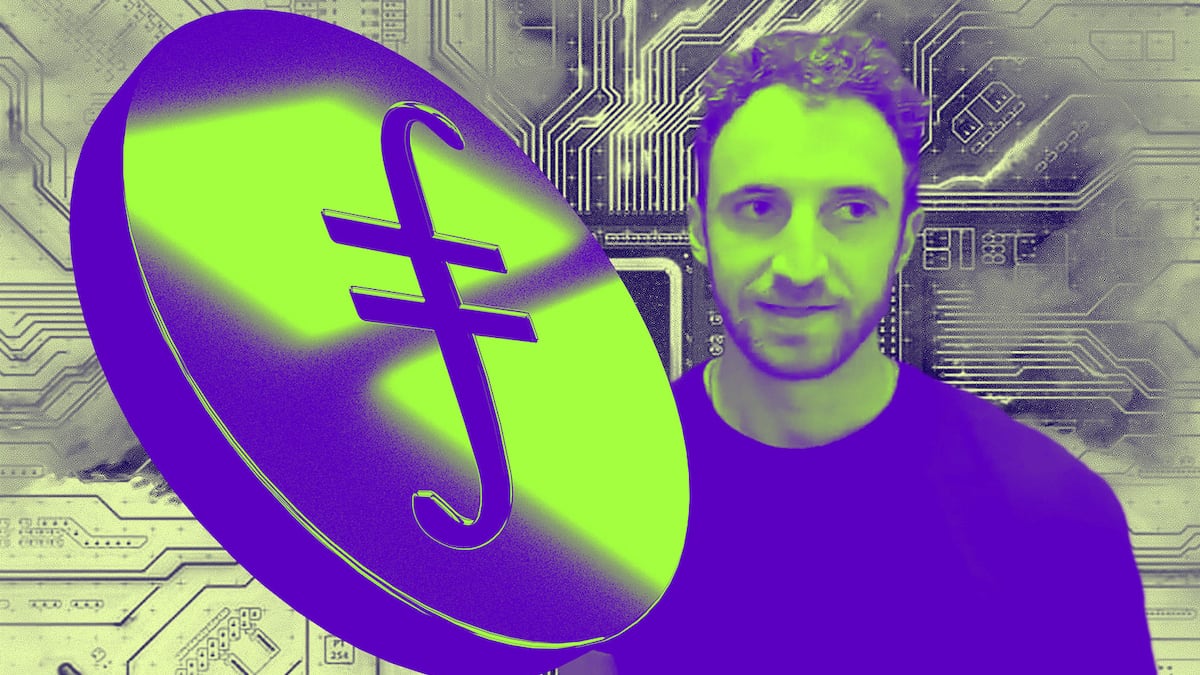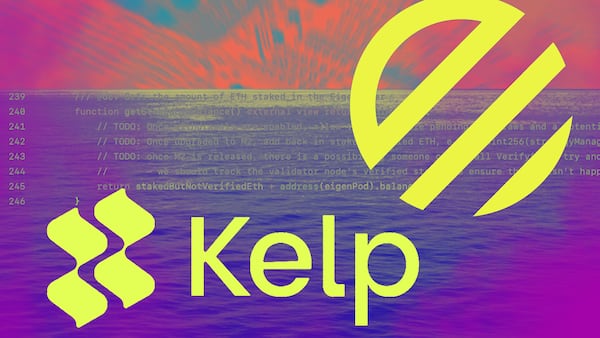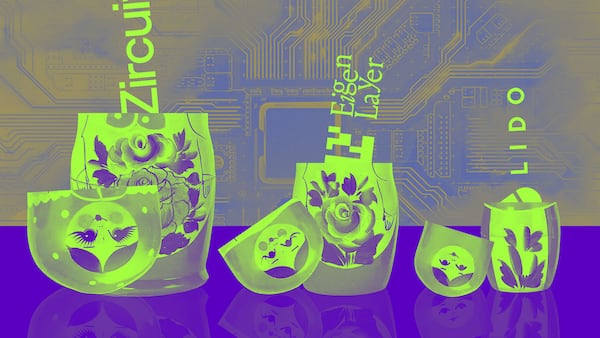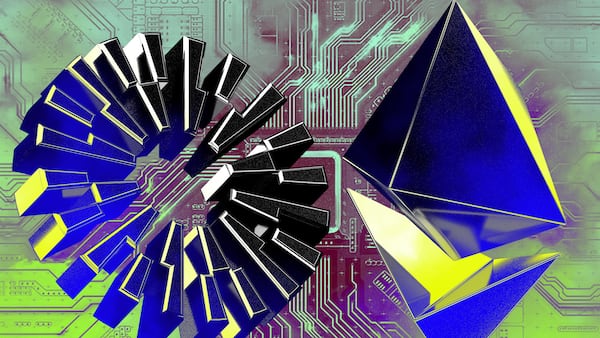- Liquid staking is booming on Filecoin.
- Most of the increase has come from the GLIF protocol.
- GLIF said it intends to launch a points system, a trend among Ethereum and Solana DeFi applications.
Almost one year after the introduction of Ethereum-style smart contracts, so-called liquid staking protocols are booming on Filecoin, a blockchain built to store data.
Since January 1, the value of crypto locked in Filecoin’s dozen liquid staking protocols has grown to more than $450 million from $272 million.
It’s a sign users are becoming more familiar with Filecoin and its nascent DeFi ecosystem.
It’s also another sign that users love the points systems that have taken over Ethereum and Solana, too.
A “likely catalyst” for Filecoin’s recent growth “is the anticipation of rewards programs that incentivise user activity,” Messari analyst Mihai Grigore told DL News.
Like airdrops — projects’ distributions of free tokens to reward early or loyal users — points programs, which function much like traditional businesses’ rewards programs, can juice user activity.
Unlike airdrops, however, they allow US-based projects to avoid the regulatory headache that can come with promising or issuing tokens.
As such, they have spread like wildfire among decentralised finance applications on Ethereum and Solana. They appear to be a powerful incentive on Filecoin, too.
Of the dozen liquid staking protocols tracked by DefiLlama, all have grown at least 48% in the past month. But GLIF, the largest, has separated itself from the pack.
GLIF is a long-running project on Filecoin. It built one of the blockchain’s first wallets, according to founder Jon Schwartz. When Filecoin developers added smart contract functionality in March 2023, GLIF built a liquid staking service.
Deposits to GLIF have skyrocketed since early February, when it announced a $4.5 million raise and the launch of a points system sometime in the first quarter of the year.
Since then, the total value of crypto locked in GLIF has more than doubled. On February 22, user activity briefly overloaded GLIF’s website.
“Year-to-date, GLIF’s increase in net deposits of [about] 6.9 million FIL accounted for nearly 76% of the total DeFi net deposits on Filecoin,” Grigore said. That figure doesn’t account for collateral posted by borrowers on GLIF.
Schwartz attributes the jump to points and to growing comfort with Filecoin.
When Filecoin developers launched the blockchain in October 2020, there were only 11 built-in smart contracts.
“That would be analogous to Ethereum having, say, 11 smart contracts, and those were the only ones you could really use on the network,” Schwartz told DL News. “No developers like myself could deploy custom smart contract logic to the chain.”
That changed last March, when developers introduced smart contract functionality.
That change brought Ethereum-style smart contracts on Filecoin, enabling DeFi use cases, “notably liquid staking,” Grigore said.
Schwartz believes the blockchain is now reaping the benefits of that paradigm change.
“You know how these things go, especially with new and immature networks,” he said. “It takes time for DeFi to develop and for people to get comfortable.”
Liquid leasing
Liquid staking is the biggest business on Ethereum. As of Wednesday, users had deposited more than $46 billion in cryptocurrencies in Ethereum’s three dozen liquid staking protocols.
That’s because it addresses a key issue with Ethereum’s so-called proof-of-stake security system, which was adopted in September 2022.
In a proof-of-stake system, security, as well as the privilege of confirming and ordering transactions, comes from users willing to lock up, or stake, their Ether in exchange for a modest annual yield.
Liquid staking protocols address the opportunity cost that comes with locking away one’s Ether by issuing derivative tokens, which typically trade at par with Ether and are accepted in its stead by decentralised exchanges and lending protocols.
Filecoin isn’t a proof-of-stake blockchain, and Schwartz prefers to call GLIF a “liquid leasing” protocol.
“That said, the problem space the GLIF is filling for Filecoin is pretty much the same problem space that, say, Lido is building for Ethereum, or Jito for Solana,” he said, referring to other blockchains’ liquid staking protocols. “But the mechanisms are different.”
Filecoin’s big year
It’s just the beginning of what could be a busy year for Filecoin.
Earlier this month, Filecoin and Solana project Triton One announced a partnership, in which Triton would store Solana data on Filecoin.
Developers behind billion-dollar decentralised exchange Uniswap deployed the protocol to Filecoin this week. SushiSwap developers launched their decentralised exchange on the blockchain in November.
“A lot of these new projects that have components that were built on the [smart contract functionality] … they’ll come out this year,” Schwartz said.
“It’s going to look like a different Filecoin, simply because what’s possible this year was not possible in the three, four years prior,” he added.
Aleks Gilbert is a DeFi correspondent for DL News. Have a tip? Contact Aleks at aleks@dlnews.com.







